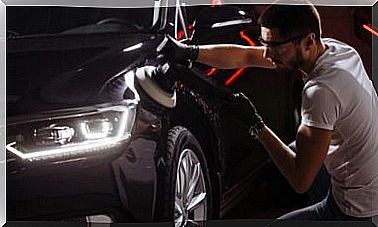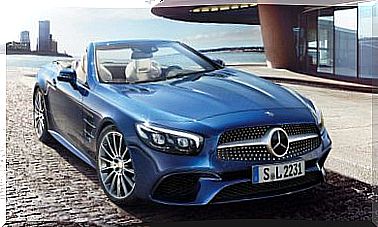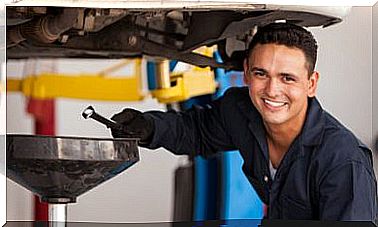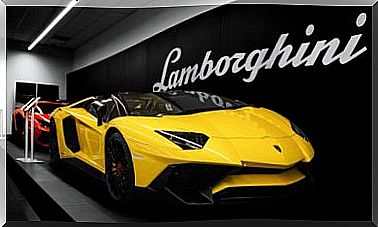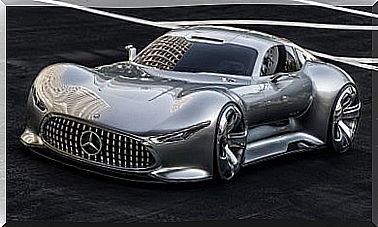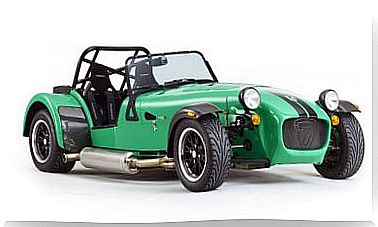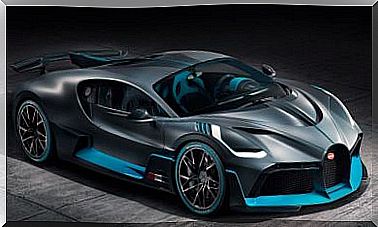The SEAT 600 Revolution

Produced between 1957 and 1973, the SEAT 600 is one of the best known and most revolutionary models on the automotive market. This small classic utility vehicle has achieved immense diffusion, especially in the market of our country, and has become the first car of the majority of Spaniards.
The beginnings of the SEAT 600
The beginnings of this model occurred with the importation of some units of the Fiat 600 to the Spanish market. Soon after, SEAT started producing its own models based on the Fiat vehicle.
With a price of around 65,000 pesetas at the time (currently around 350 euros), the SEAT 600 was a product that aroused great interest among the Spanish middle class. The first version went on sale in 1957.
Specifically, the first copy was produced at the Barcelona Free Trade Zone factory, from which it left on June 27 of that year. This first 600 was discharged in Valencia in February 1985, almost 30 years later.
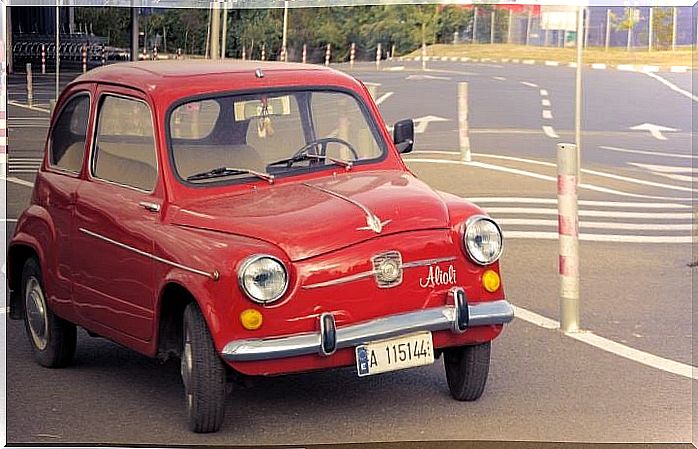
In the years leading up to its launch, no one thought that the SEAT 600 was going to achieve such great success. Even Carlo Abarth himself did not think that the Fiat 600 was the most important model in its history.
The immense success of the 600
No other model has been so engraved in the minds of customers in the Spanish market as the small SEAT 600. Most of the country’s families came to own a model throughout the 60s or 70s, which made the SEAT 600 the greatest milestone of the Spanish automobile industry in the post-war era.
With a great presence in the streets and highways of the country, the 600 was the car par excellence in the middle of the 20th century in Spain. What’s more, this is the model with which a whole generation learned to drive. For this reason, it is a model deeply rooted in the history of our country.
Thanks to its affordable price, many families were able to fulfill their dream of having their own vehicle, which offered countless possibilities for business or family trips.
Also, in those years, getting one of these models could mean a wait of several weeks, or even months, until the dealer’s tester delivered the vehicle to customers.
The mechanics of the 600
In the beginning, the SEAT 600 had a 633 cc engine, which could reach maximum powers of between 18 and 20 hp. This drive system, ridiculous compared to current vehicles, stayed on the production line for six years.
Subsequently, the D, E and L-Special versions were launched, increasing the displacement to 767 cc and the power to 25 and 28 hp maximum, thanks to new and better compression systems. The production of these models continued for the next ten years.
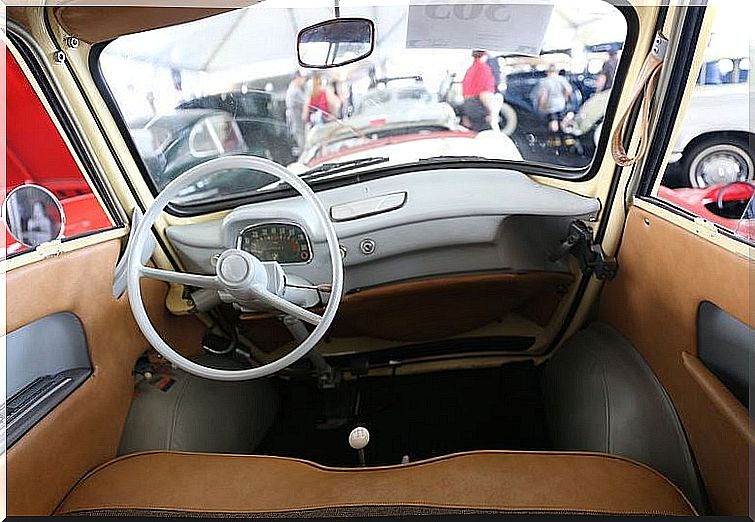
The bodies of the 600 remained practically the same throughout its history, with the exception of a change in the orientation of the opening of the doors from 1970.
Inside, the L-Special trim added upscale details and accessories, such as cozier upholstery and an anti-theft contact system.
The SEAT 600 was characterized by having good robustness and extensive repair possibilities, thanks to its simple and accessible mechanics.
In addition, it had spare parts that could be found almost everywhere, both at SEAT official network stores and at accessory stores. This is why the SEAT 600 has been a model that buyers could enjoy for many decades.
With its benefits, it could reach 115 km / h. However, the high consumption of the model was around 10 liters per 100 km per city and 6.5 liters per 100 km on the highway. The range of the 600 could reach 461 km with efficient driving.
A model for the whole family
As we have mentioned, the ease of buying and maintaining a 600 made it the ideal model for any middle-class family. However, its small size was especially noticeable in the boot, which was limited to 68.5 liters of capacity. Also, he had to share this space with the spare tire.
Of course, this was not an impediment for a family to carry all the necessary luggage for a day at the beach. On the other hand, many customers chose to incorporate a roof rack from the 600, as it was one of the most famous extras on the model and allowed for much more storage space.
